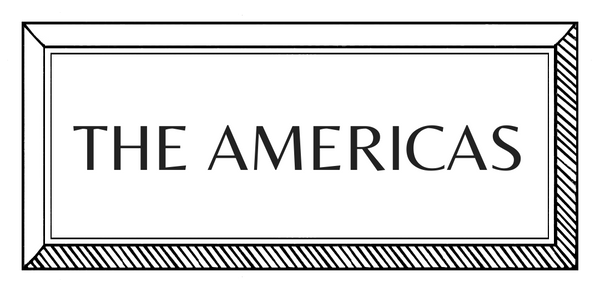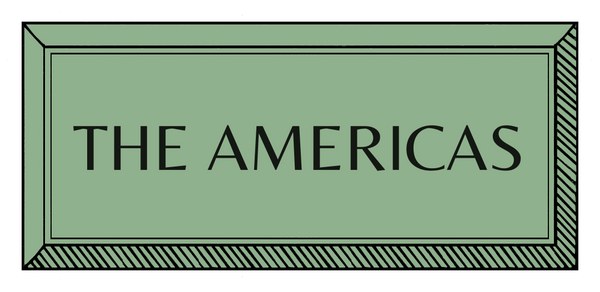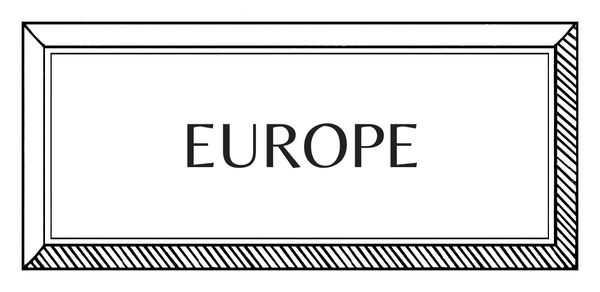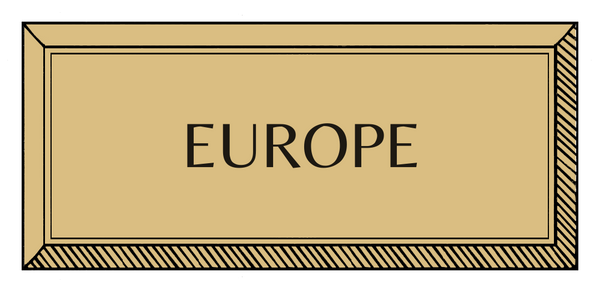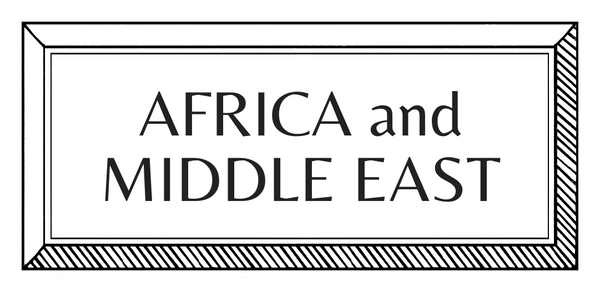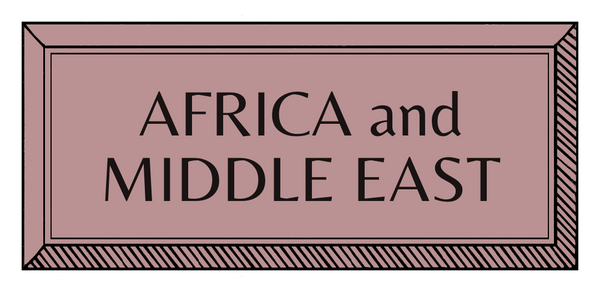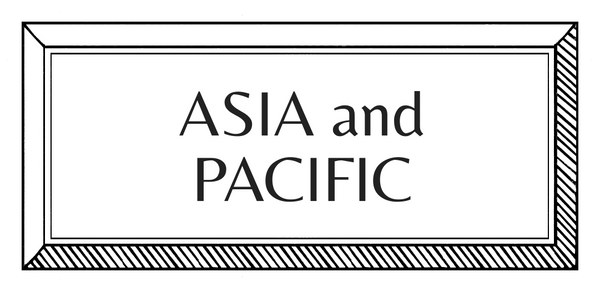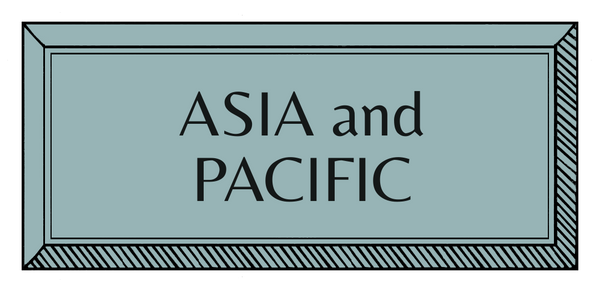MAKERS | AFRICA | SENEGAL | TEXTILES
Aïssa Dione | Textile Designer

Senegalese-French artist and textile designer Aïssa Dione is celebrated for her impactful work reviving Senegal’s traditional textiles while preserving the rich heritage of Manjak weaving. Dione skillfully merges her dual cultural influences from painting to fabric design to create contemporary, luxurious fabrics and furnishings. Her company, Aïssa Dione Tissus, has collaborated with prestigious brands like Hermès and has played a pivotal role in saving Senegal’s artisan textile industry from the threat of cheap imports.
How did you begin?
"My journey began as a painter in France, but a desire to reconnect with my heritage brought me to Senegal, where I discovered the traditional art of weaving through my grandmother. I had practised Batik for over a decade, but the Manjak cloth's deep cultural significance in West Africa truly captivated me. Textiles here are more than just adornment; they represent identity status and are central to life’s ceremonies.
"As I worked with local artisans, I started modernising the technique, blending tradition with contemporary designs, always respecting the craft’s origins. When cheap imports threatened these practices, I felt a strong responsibility to protect this unique art form and ensure its survival for future generations. My first goal was always to be an artist. My role now is more about directing a team of weavers and developing the concepts behind the designs, but weaving itself wasn’t something I initially aspired to.
“Today, I feel I am an ambassador for Senegalese artists who create with intention and respect for the craft rather than mass-producing for quick profit. It’s about honouring the time, skill and tradition that goes into each piece, ensuring sustainability and creating something that has lasting value—not just for the market, but for the communities and artisans involved."

How did you learn?
I wouldn’t say I learned weaving in the traditional sense. My role is more that of a director, guiding the weavers and developing the overall design concepts. After a few years in textiles, I became interested in woodworking, and now I’ve expanded my practice to combine carpentry with woven textiles to create custom furniture pieces.
How do you plan, prepare, and create?
Everything starts with the client’s vision. I listen to their ideas and work closely with my team to develop a concept. Over the years, I’ve built an extensive archive of textiles that we often draw from, but our goal is always to adapt the craft to fit the contemporary world. A lot of planning is involved, from selecting suitable materials to ensuring top quality. Collaborating with renowned designers often sparks new inspiration for me, and because each project is bespoke, every piece we create is unique.
One thing is constant, though: we always source locally and work with local artisans. The result is a minimal, distinct aesthetic with geometric patterns and motifs deeply rooted in African culture—drawing inspiration from Manjak, and Kente, Togo traditions, Burkina Faso, Rwanda, Nigeria traditions, using raffia, silk, and cotton sourced from the region.
Who or what most influences your work?
African craftsmanship is my endless source of inspiration. We want to spotlight the positivity in Africa, focusing on how we transform our raw materials into something beautiful and meaningful. My work blends my artistic background with the traditional weaving practices of my Senegalese ancestors. Over time, this has expanded into furniture design—sofas, chairs, tables, and lamps—crafted from indigenous woods. By incorporating carpentry, upholstery, metalwork, and other skills, we can create a full design and production process that is proudly Made in Africa.
Are there any themes running through your work?
Yes, a major theme is our connection to nature, using organic, natural materials found in West Africa. The essence of our work is in the hands—every weave is a unique imprint from the weaver, telling its own story. Instead of repeating patterns, we aim to give each piece a personal touch, showcasing the craft and the individual behind it. Drawing inspiration from Senegal’s natural landscapes and the communal aspect of weaving, we create pieces where every thread tells a story.

Where do you work?
Everywhere! I split my time between Paris and Senegal but constantly travel to meet with clients. In Senegal, I manage two ateliers with over 100 weavers and carpenters, and I also run Galerie Atiss Dakar, which showcases artists and our furniture pieces, blending art and textiles. Additionally, I’ve taken on an exciting role as Creative Director for Okujun. This long-term collaboration produces interior textiles by combining African and Japanese know how, so I often travel to Japan for that, too.
What does a typical day look like?
No two days are ever the same! I oversee hundreds of artisans working in our two ateliers in Senegal—one focused on weaving and the other on furniture and product design. I aim to revitalise the local textile industry so things can get busy. My home and gallery are close by, which is convenient, and they both act as revolving exhibitions for works by local artisans and our team of weavers and carpenters. The gallery is crucial in highlighting how contemporary African artists merge tradition with modernity. I also travel frequently to meet clients in Paris, Milan, and the U.S., working with prestigious names like Hermès, Tiffany, Peter Marino, and Jacques GRANGE. So, I often move between different places, but it’s all part of the creative process.

What are the best and worst things about being a craftsperson today?
The best part is that I’ve spent over three decades reviving and reinventing Senegal’s traditional textiles, and through my company, Aïssa Dione Tissus, which I founded in 1992, I've kept this know how alive. My goal has always been to elevate Indigenous crafts to luxury products, creating new markets locally and internationally. This has brought not only aesthetic recognition but also higher economic value, which has helped build the company's reputation. I'm also proud of nurturing a younger generation of artisans in Senegal, ensuring fair wages and employee benefits to keep the tradition going. Every day is creative, and seeing a tangible product at the end of the process is deeply rewarding. It’s not static like many other jobs—it’s constantly evolving. The most challenging aspect is balancing Western expectations and the African perspective. But over time, I’ve learned to manage this, and it’s become easier to mediate between the two.
One more thing... An Object you’ll never part with?
My archival Senegal River (natural Indigo traditional dye) collection from the last century.
Interview by Emma Becque
Images from Aïssa Dione












